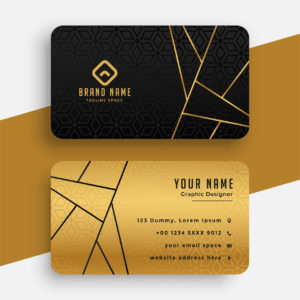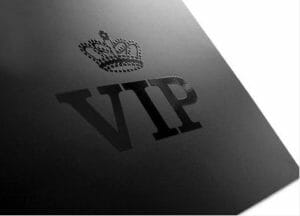Every printing project is different, warranting a unique printing touch for each job. Depending on the type of print coating you choose, different creative dimensions are created. This is because paper is porous; it absorbs what is printed on it and sometimes coatings can protect the ink from smudging, rubbing, or disappearing.
Each printing project has a different goal and therefore warrants a uniquely chosen printing strategy to best get the job done. The primary choices are varnishes, aqueous coatings, and UV coatings.
At Solo Printing, we are happy to help you find the right coating for all your printing needs.
When Should I Use a Print Coating?
If you are looking to protect and magnify your next printing job, then you will want to consider print coating. To protect and create a long-lasting business card, booklet, catalog, etc., we recommend you talk to one of our printing experts. They will help you choose which type of coating is perfect for your printing needs.
Types of Print Coatings
Varnishes
Varnish is like a clear ink that comes in gloss, satin, or matte and can be applied to the whole page or just in specific areas. Covering the entire page, flood varnish provides protection and sheen. More strategically, a spot varnish allows you to add shine or depth to specific elements, like photos or logos. Adverse effects include yellowing over time and offset spray powder affecting the look and feel of the finished piece.
Different types of Varnish:
- Gloss
- Matte
- Satin
- Opaque
- Strike-Through Matte
Aqueous Coating

Well-known for protective purposes, an aqueous coating is a fast-drying, water-based coating that provides matte or high-gloss surfaces immune to dirt and fingerprints. For example, aqueous coatings are very useful for business cards that need to be durable in people’s wallets or postcards/magazines that go through the mail.
Aqueous Coatings require less time in the printing press because they dry faster and don’t require spray powder because the ink is sealed from the air. Additionally, aqueous coatings are less likely to yellow over time and are more environmentally friendly than varnishes.
Because the coating is water-based, some colors may change over time and heavier paper is required to avoid paper distortion
Different types of Aqueous Coating:
- Matte
- Satin
- SoftTouch
- Pencil Receptive
- Dry Erase
- Primer
UV Coatings

UV Coatings are applied as a liquid and then exposed to ultraviolet light to quickly dry and harden the coating. They can be applied to the entire page (flood) or just as spot coating to highlight different areas of the piece. This coating has the highest gloss but may crack when folded because of the thickness of the coating. Similar to aqueous coatings, UV coatings may cause some colors to change in hue over time.
Different types of UV Coating:
- Gloss
- Matte
- Pearlescent
- Textured
- Glitter
When Should I Not Use a Print Coating?
There are times when you are not going to want to use a print coating. With a varnish, aqueous, UV, or another coating, you will not be able to write on things like postcards, note cards, and other printing materials. For example, you want to ensure your intended customer is able to write their address on the right side of the postcard.
If you have any additional questions, please feel free to contact our experienced team at Solo Printing.
Contact Solo Printing
Different print coatings can create a unique tactile feel or make pictures stand out, depending on what you want to accentuate on your print piece.
For professional recommendations, contact Solo Printing today to evaluate and determine the best printing option for your project!


